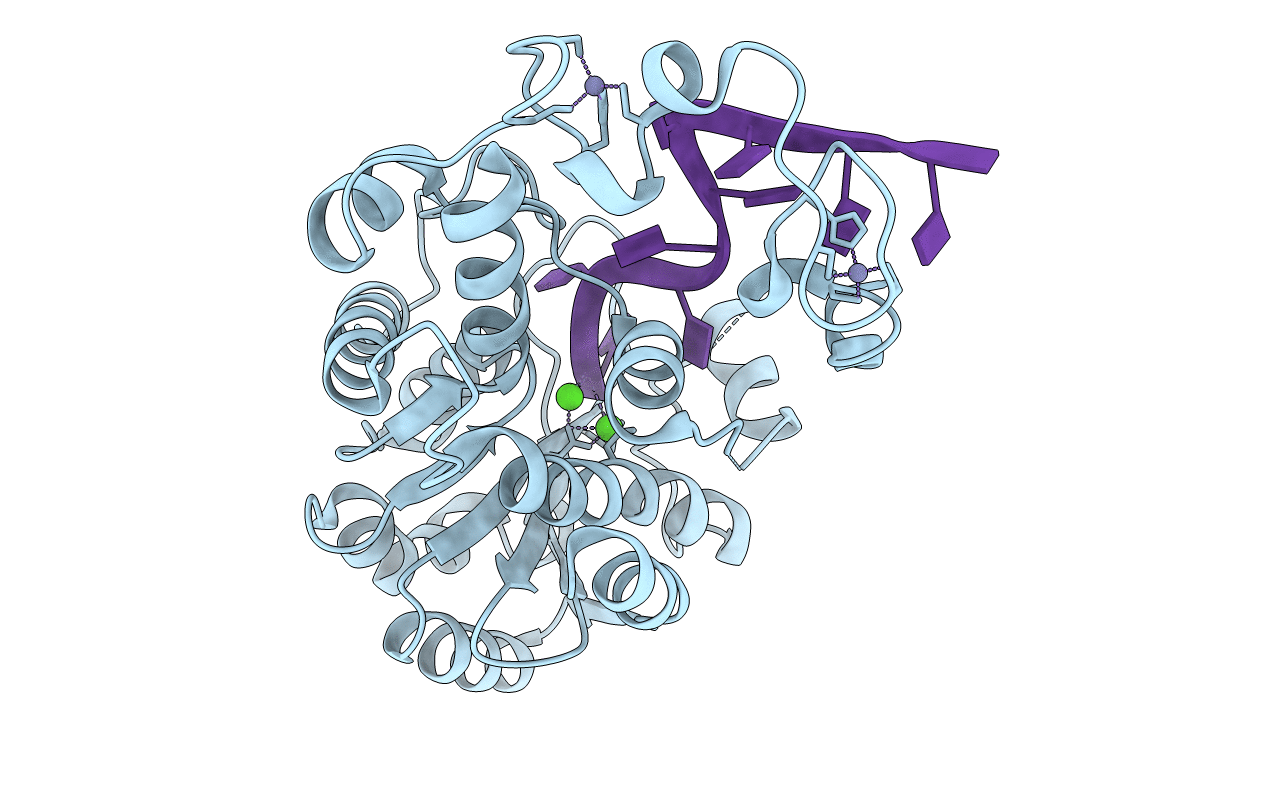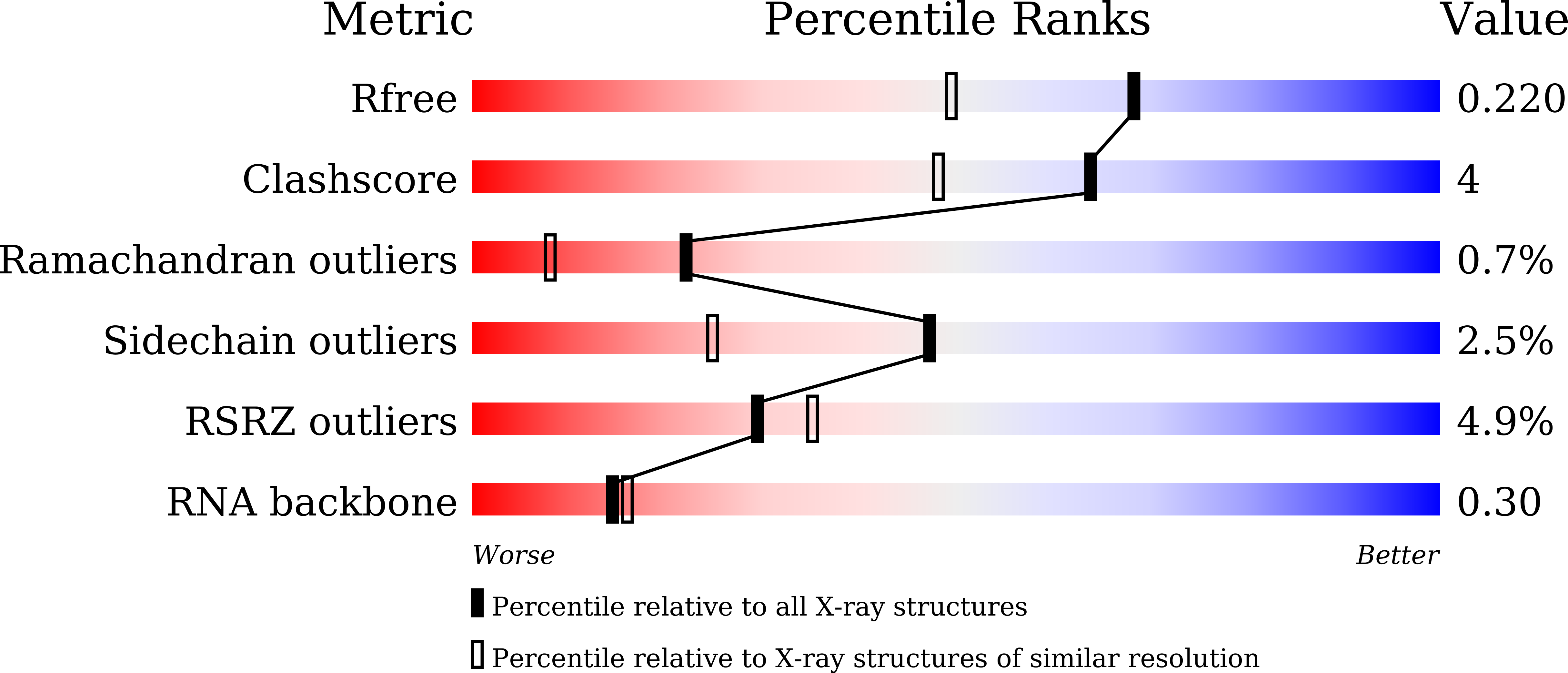
Deposition Date
2020-05-15
Release Date
2021-04-07
Last Version Date
2024-03-27
Entry Detail
PDB ID:
7C45
Keywords:
Title:
The crystal structure of Trypanosoma brucei RNase D complex with RNA U12
Biological Source:
Source Organism:
Trypanosoma brucei brucei (strain 927/4 GUTat10.1) (Taxon ID: 185431)
synthetic construct (Taxon ID: 32630)
synthetic construct (Taxon ID: 32630)
Host Organism:
Method Details:
Experimental Method:
Resolution:
1.77 Å
R-Value Free:
0.22
R-Value Work:
0.19
R-Value Observed:
0.19
Space Group:
P 21 21 21


